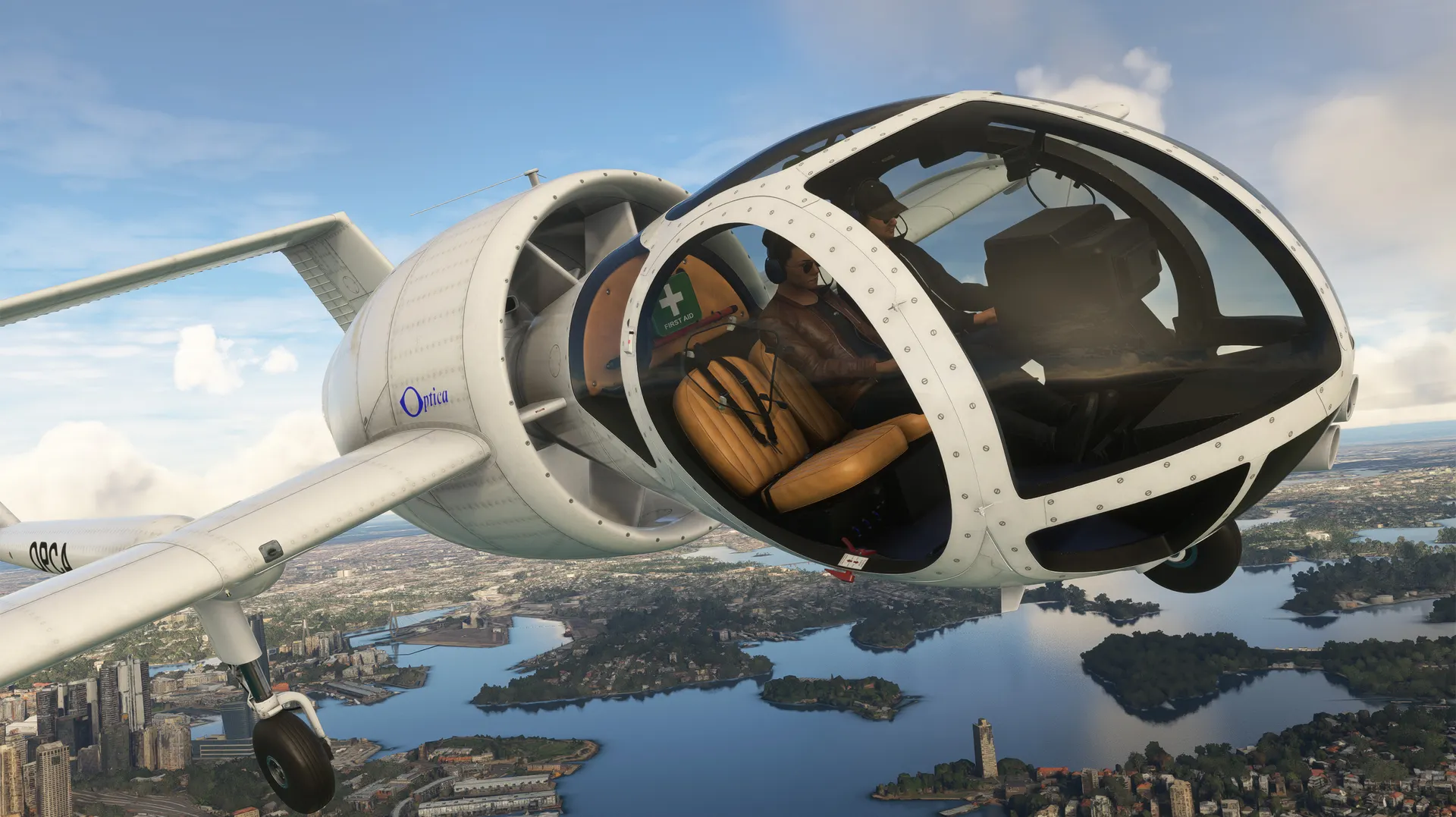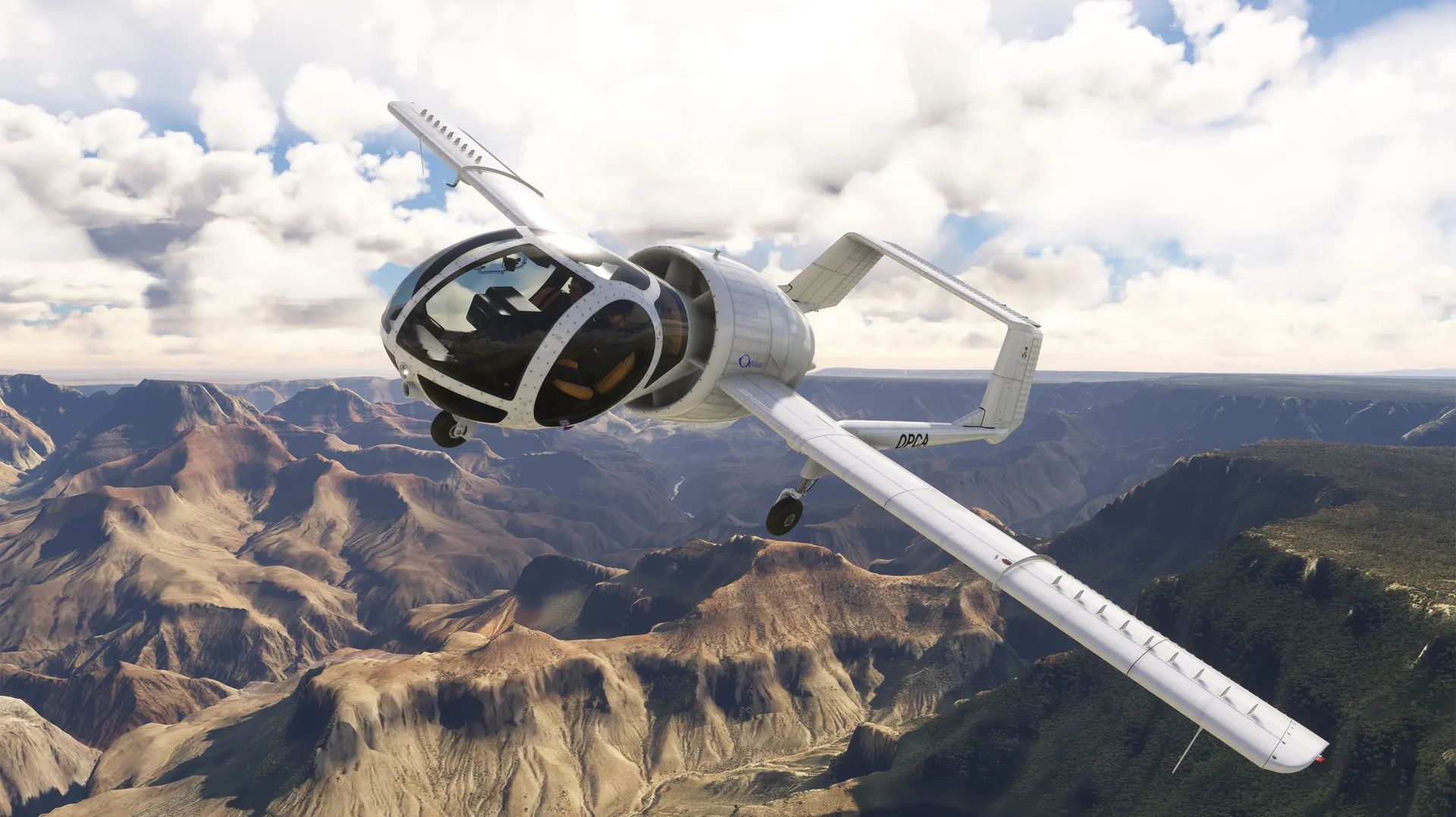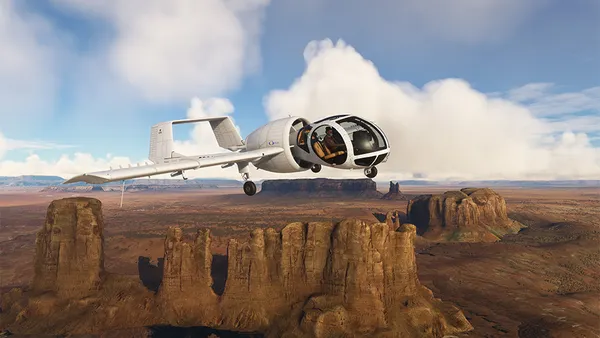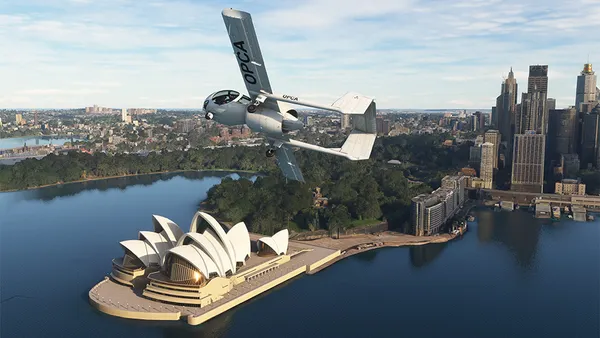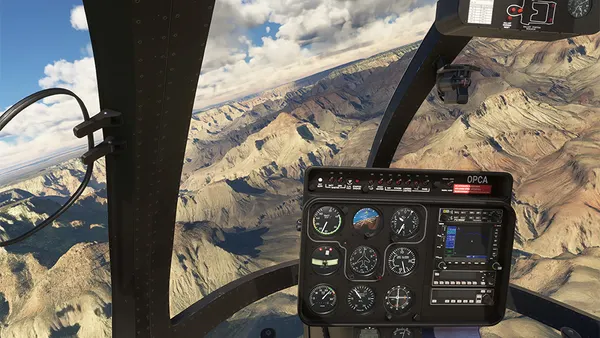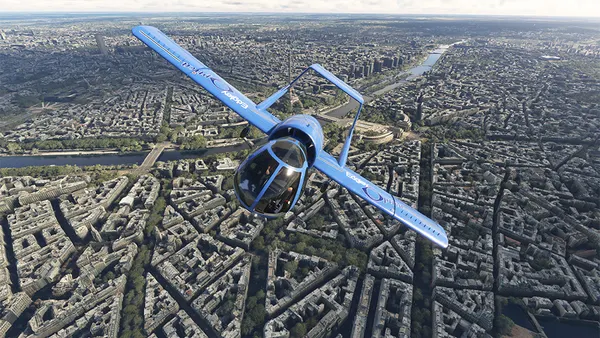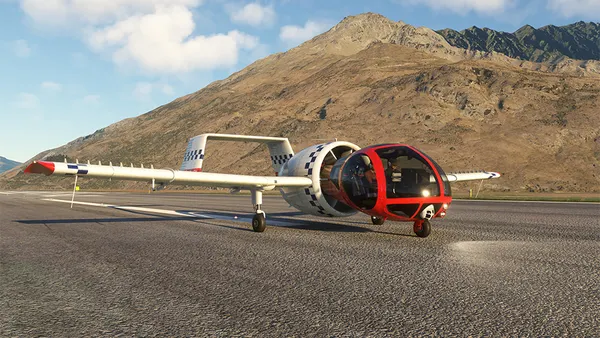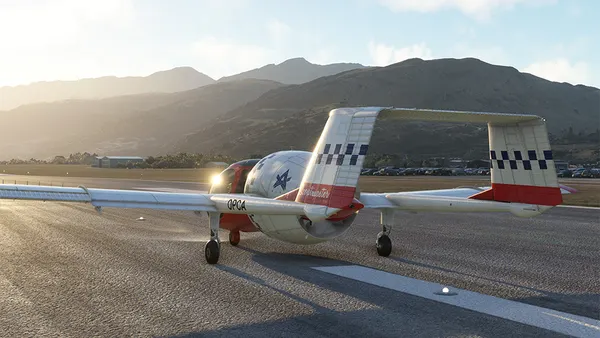The OA-7 Optica is a single-engine, 3-seat observation and reconnaissance airplane by AeroElvira Limited of Salisbury, England. The aircraft is an evolutionary upgrade of the original EA-7 Optica that was developed by British aviation company Edgley Aircraft and its founder John Edgley. The EA-7 Optica took its maiden flight on December 14, 1979 and a total of 22 airframes were manufactured by various companies. John Edgley established AeroElvira in 2007 to continue refining the unique and highly capable specialized design. Only a few of the original models remain, including G-BOPO, which AeroElvira has comprehensively restored and upgraded to new standards.
In the mid-1970s, British aerospace engineer John Edgley began an initiative to develop a surveillance and observation aircraft like none other. He sought to provide the observational capabilities of a helicopter in a fixed wing airplane that provided much longer loiter time and greater efficiency than a rotorcraft. His criteria included having a cockpit that optimized field of view, the ability to fly low and slow, high maneuverability, long on-site loiter time, and a quiet propulsion system. The result was the Optica, the name of which references the operational focus of the airplane. Distinctive in appearance, the Optica is renowned as one of the most successful specialized aircraft ever developed.
The Optica’s nose-mounted, 3-seat cockpit features a wrap-around canopy that provides a 270-degree panoramic view with direct visibility above and below the aircraft. Its high-aspect-ratio straight main wing is optimized for slow speeds and long-endurance missions. It features two tail booms that extend to an empennage composed of twin vertical stabilizers connected by a horizontal stabilizer. The Optica’s propulsion system consists of a quiet, ducted fan located behind the cockpit at the midline of the main wing. It uses a fixed tricycle undercarriage for ease of take-off and landing.
The Optica is famous for its high-visibility canopy, extended loitering capability, quiet operation, and precision handling at low speeds. Its diverse applications include scientific observation, geotechnical surveying, aerial photography and videography, military and law enforcement surveillance missions, firefighting observation, and flightseeing. While it lacks vertical take-off, landing, and hovering capabilities of a helicopter, the Optica offers comparable surveillance and observation advantages, with the added benefits of longer flight duration and lower operational costs.
Whether exploring landscapes at low altitudes or soaring among the clouds thousands of feet aloft, the Optica consistently delivers an exceptional and memorable flight.
The Optica measures 26 feet, 9 inches in length, stands 7 feet, 7 inches tall, and has a wingspan of 39 feet, 4 inches. It is powered by a Lycoming IO-540-V4A5D 6-cylinder reciprocating engine that develops up to 260 horsepower and turns a 5-blade, fixed-pitch, ducted fan.
The Optica has an endurance of eight hours, a range of 656 miles, a service ceiling of 14,000 feet above sea level, and a climb rate of 800 feet per minute. It has a full-flaps stall speed of 44 miles per hour, a cruising speed of 115 miles per hour, a top speed of 132 mph, and a loiter speed of 81 mph.
